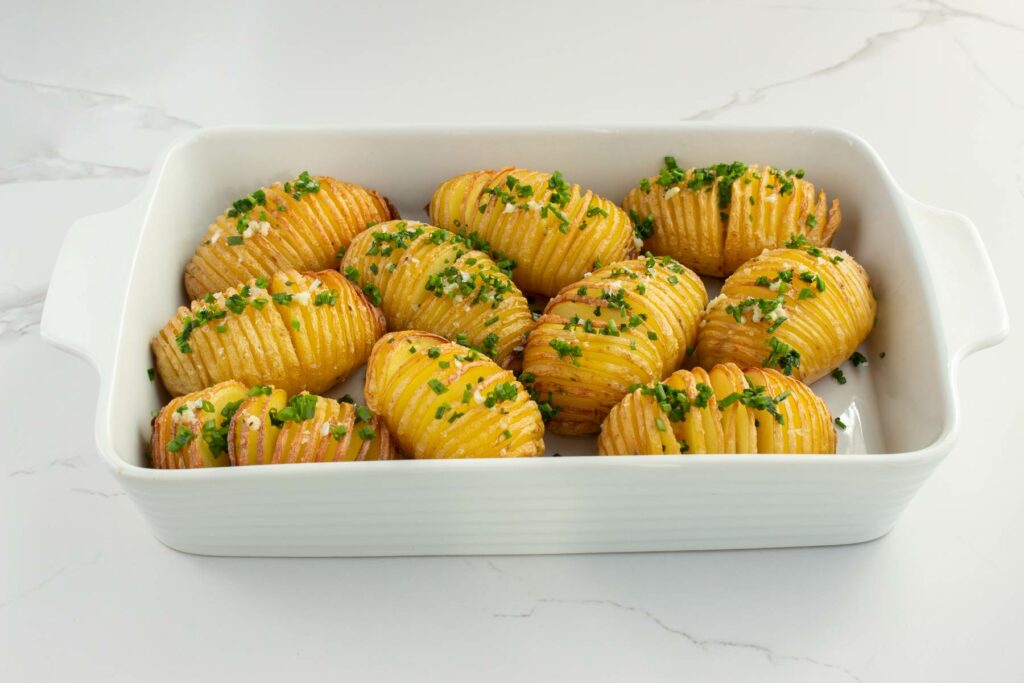Can you get a buzz and boost your gut health at the same time? That’s the idea behind hard kombucha, which has a higher alcohol content than the fizzy drink that lines the shelves at health food stores.
Kombucha naturally has some alcohol in it, thanks to the SCOBY (symbiotic culture of bacteria and yeasts) that works with sugar and tea to create the popular fermented beverage. However, the amount of alcohol in regular kombucha is usually about 0.5% ABV — not enough to get you tipsy.
Hard kombucha, on the other hand, uses a different SCOBY that dramatically increases the alcohol content. “Rather than the traditional strain of bacteria and yeasts, hard kombucha uses wine yeast to ferment, which creates quite a potent alcoholic beverage,” says Cameron Fiorenza, BS-NDTR.
As a result, most hard kombuchas range from about 5% to 10% ABV, meaning you have to be at least 21 to enjoy. But is there any benefit to drinking hard kombucha over any other cocktail? Here’s what you need to know.
Is Hard Kombucha Considered Healthy?
Regular kombucha contains gut-friendly probiotics — the helpful bacteria that can help digestion — but there’s not a ton of research to back up all of its healthy benefits.
Alcohol, on the other hand, may disrupt the balance of bacteria in the gut. So does that mean the alcohol in hard kombucha will negate any potential benefits of drinking kombucha in the first place?
Not necessarily. The beneficial bacteria in hard kombucha should be able to withstand the higher alcohol content. “Kombucha fermented with a wine SCOBY will naturally include those probiotics that function in higher alcohol solutions — and therefore, in theory, won’t die off when ingested,” Fiorenza says.
Is Hard Kombucha Better Than Other Types of Alcohol?
It depends.
The calorie count and sugar content in hard kombucha can vary between brands. Kyla Kombucha, for example, contains 90 calories and zero sugar per in their original 12 oz. cans, while Boochcraft contains up to 190 calories and 6 grams of sugar in certain 12 oz. flavors. Whichever brand you choose, it’s important to keep tabs on your nutritional facts and serving sizes — and to drink in moderation, of course.
Hard kombucha typically contains fewer calories than you’ll find in sugary mixed drinks like a rum and Coke (271 calories) or a daiquiri (252 calories). But compared to other carbonated drinks, it’s pretty similar — White Claw spiked seltzer, for example, contains around 100 calories and 2g of sugar. Beer can range from around 100 calories for a light beer to around 200 calories for a robust porter.
“You don’t have to choose a better option here — these are all similar in calories and alcohol content,” says Fiorenza. “It depends on how you want to enjoy your beverage, with or without probiotics.”
3 Hard Kombucha Brands to Try
Want to try hard kombucha? Here are a few companies with tempting flavors.
KYLA Kombucha
KYLA Kombucha‘s line of hard kombucha “with a kick” comes in three formulations of escalating potency: Original (90 calories, zero sugar per 12 oz. can) at 4.5% ABV, Sunbreak (170 calories, 1g sugar per 16 oz. can) at 6.5% ABV, and Riviera, a collection of craft brewed cocktails (140 calories, 1g sugar per 12 oz. can) at 7% ABV.
Boochcraft
Unafraid to cuss in their mission statement, “high-alcohol” Boochcraft comes in five core flavors, with a myriad of seasonal and limited-release varieties. They all generally clock in at 7% ABV but vary wildly nutritionally, with between 1 and 13 grams of sugar and 160 to 230 calories per 12 oz. serving.
Wild Tonic
Placing a similar emphasis on potency, Wild Tonic Hard Jun Kombucha comes in refreshing flavors like blackberry mint and blueberry basil. Depending on the flavor, ABVs register from 5.6% to 7.6% ABV and calorie counts hover around 100 calories per serving. Just watch the sugar content — some flavors pack up to 25 grams per serving, and none contain fewer than 11.







